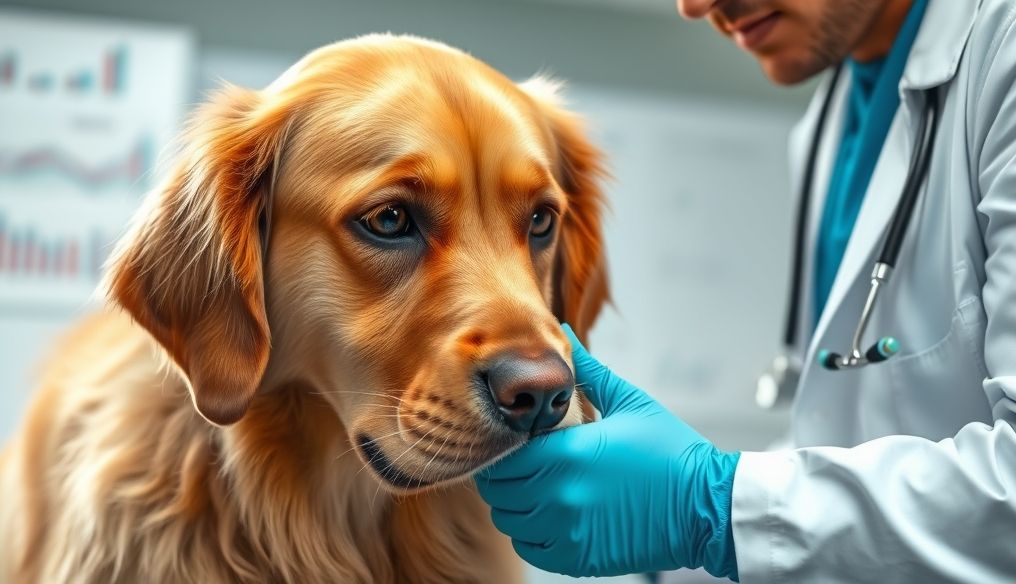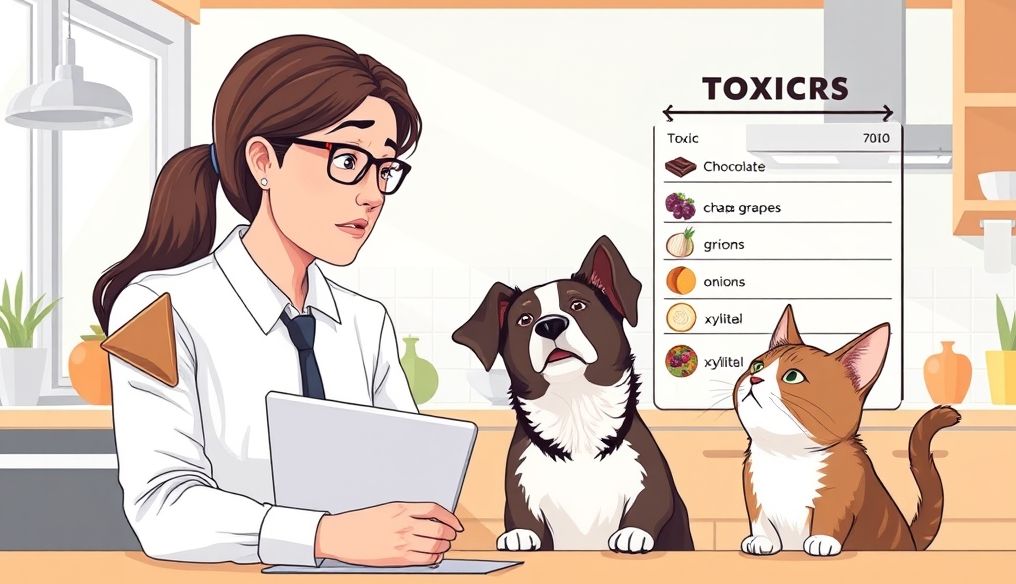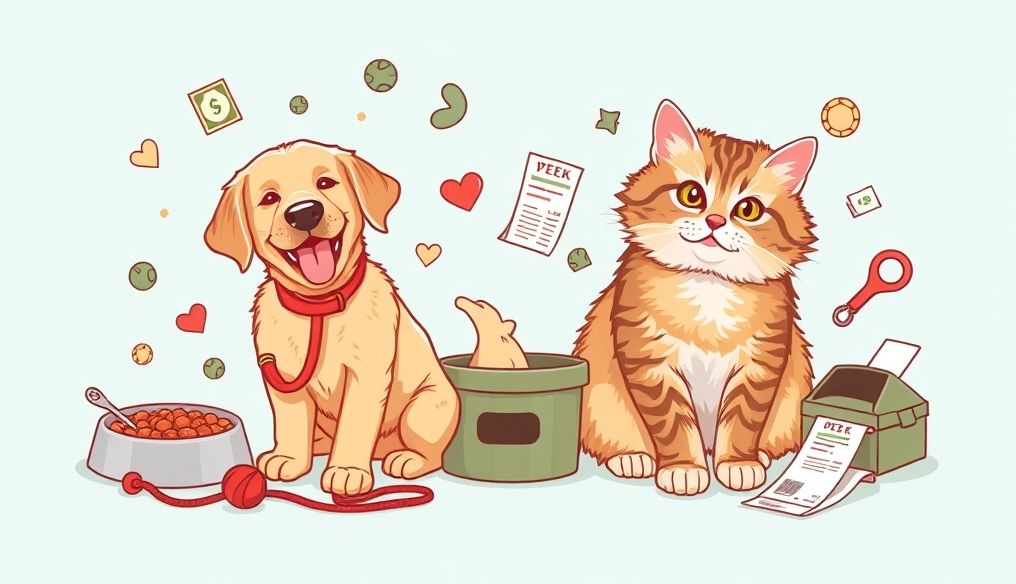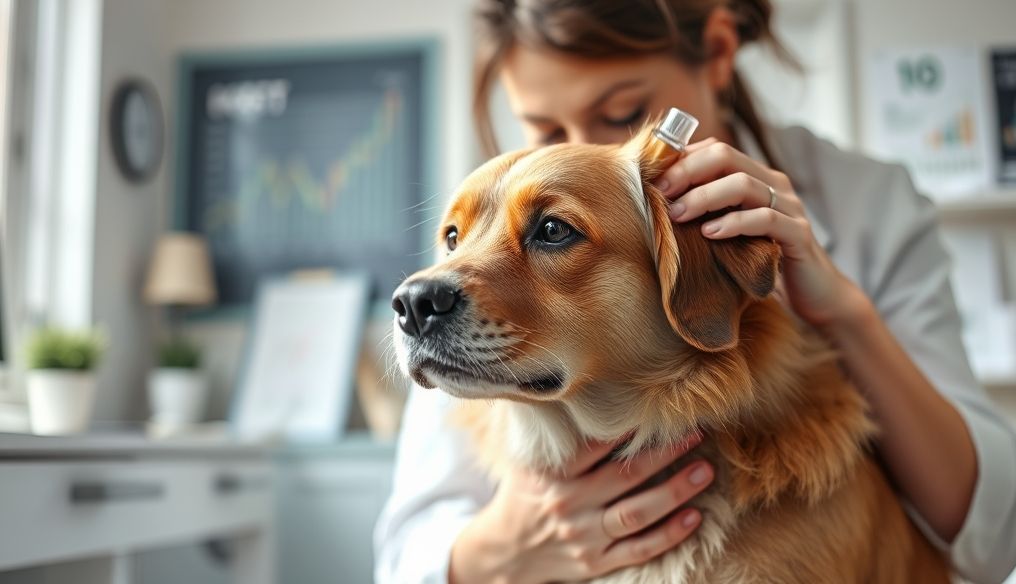What are the causes of excessive hair loss in animals and how can it be treated?
Hair loss, also known as alopecia, is a common problem affecting pets, especially dogs and cats. While some shedding is normal, such as during seasonal fur changes, excessive and abnormal hair loss warrants attention and investigation of the underlying causes.
Causes of Excessive Hair Loss in Animals:
The causes of hair loss in animals are varied and can be divided into several main categories:
1. Parasitic Infections:
- Fleas: Fleas are one of the most common causes of skin itching and hair loss, especially in the back and tail area.
- Ticks: Ticks can cause skin inflammation and hair loss in the affected area.
- Mites: Different types of mites can cause severe itching and hair loss, such as scabies mites (Sarcoptes scabiei) and Demodex mites.
- Ringworm: Despite its name, it is a fungal infection that affects the skin and hair, causing hair loss in circular patterns.
2. Allergies:
- Food Allergies: Certain foods can cause allergies in animals, leading to skin itching and hair loss.
- Environmental Allergies: Includes allergies to pollen, mold, dust mites, and other substances in the animal's environment.
- Flea Allergy Dermatitis: Some animals are hypersensitive to flea saliva, leading to severe itching and hair loss even with a small number of fleas.
3. Skin Infections:
- Bacterial Skin Infection (Pyoderma): Can occur due to skin scratching or parasitic infection, allowing bacteria to grow and cause inflammation and hair loss.
- Fungal Skin Infection (Malassezia dermatitis): A skin inflammation caused by the Malassezia fungus, causing itching and hair loss, especially in moist areas such as skin folds.
4. Hormonal Disorders:
- Hypothyroidism: Leads to a slowdown in metabolism, causing hair loss and dry skin.
- Cushing's Syndrome: Leads to increased cortisol production, causing hair loss and thinning of the skin.
5. Genetic Factors:
Some breeds of dogs and cats are more prone to hereditary hair loss, such as pattern baldness in dogs.
6. Stress and Anxiety:
Stress and anxiety can lead to compulsive behaviors such as excessive fur licking or chewing, causing hair loss.
7. Unbalanced Diet:
A deficiency in certain vitamins, minerals, and essential fatty acids can affect skin and hair health, leading to hair loss.
Diagnosing the Cause of Hair Loss:
To determine the cause of hair loss, the veterinarian will perform a thorough physical examination of the animal and may order some additional tests, such as:
- Skin Scraping: To check for the presence of mites.
- Microscopic Examination of Hair: To identify the presence of fungi or parasites.
- Fungal Culture: To confirm ringworm infection.
- Allergy Tests: To identify substances that cause allergies in the animal.
- Blood Tests: To assess thyroid and adrenal gland function.
- Skin Biopsy: In some cases, a skin biopsy may be needed to examine it under a microscope.
Treatment of Hair Loss:
Treatment for hair loss depends on the underlying cause. Some common treatments include:
- Anti-Parasitic Medications: To treat fleas, ticks, and mites.
- Anti-Fungal Medications: To treat ringworm and fungal skin infections.
- Antihistamines or Corticosteroids: To relieve itching and inflammation caused by allergies.
- Diet Change: If hair loss is caused by food allergies, the veterinarian may recommend trying a special diet to eliminate potential allergens.
- Thyroid Hormones: If hair loss is caused by hypothyroidism.
- Medications that Control Cortisol Production: If hair loss is caused by Cushing's syndrome.
- Nutritional Supplements: Such as omega-3 fatty acids, to promote skin and hair health.
- Stress and Anxiety Management: By providing a calm and comfortable environment for the animal, and using anti-anxiety medications if necessary.
Prevention of Hair Loss:
Some preventive measures can be taken to help prevent hair loss in pets:
- Maintaining Animal Hygiene: Through regular bathing and fur brushing to remove shed hair.
- Using Flea and Tick Control Products Regularly: To prevent infestation by these parasites.
- Providing a Balanced Diet: Rich in vitamins, minerals, and essential fatty acids.
- Avoiding Exposing the Animal to Allergens: If it has a known allergy.
- Visiting the Veterinarian Regularly: For routine checkups and early detection of any health problems.
When to Consult a Veterinarian?
You should consult a veterinarian if you notice any of the following signs in your pet:
- Sudden or excessive hair loss.
- Severe itching or constant scratching of the skin.
- Redness or inflammation of the skin.
- Appearance of scales or blisters on the skin.
- Changes in the color or texture of the fur.
- Presence of hairless areas.
- Changes in the animal's behavior, such as lethargy or loss of appetite.
Conclusion: Excessive hair loss in pets can be a sign of an underlying health problem. By identifying the underlying cause and treating it appropriately, you can help your pet regain healthy skin and hair.
Important Note: This article provides general information and does not replace consultation with a qualified veterinarian. Proper diagnosis and treatment depend on the individual condition of each animal.




